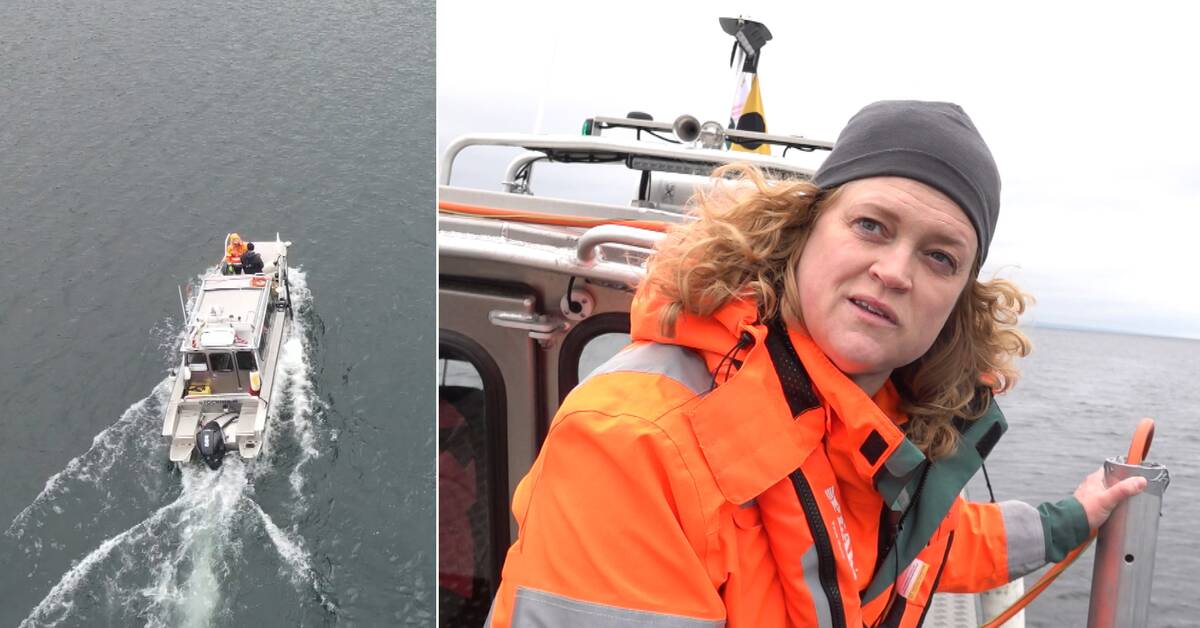For several weeks, different parts of Lake Vättern's seabed will be mapped and measured. It is a first step in the Geological Survey of Sweden, SGU's survey, to find out if there are environmental toxins at the bottom and extent.
"We will be out for at least three weeks now," says Therese Sundberg, surveyor at Peab, who will deliver data to SGU.
She and her colleagues will retrieve a lot of data that will determine where bottom samples will later be taken in the hunt for environmental toxins.
"It's important, not least considering that Lake Vättern is a major source of drinking water for many," says Therese Sundberg.
Future action plan
This summer, the bottom samples are expected to be taken, after which they will be analyzed and a report written. In about a year, the results are expected to be presented.
"Then you may know where you need to implement any measures. But it is too early to say what it may be about today.
When SVT's reporter is allowed to follow out with the boat, which is equipped with advanced special equipment, the bottom outside Huskvarna is mapped.
In the clip above you can see how the special method works.

